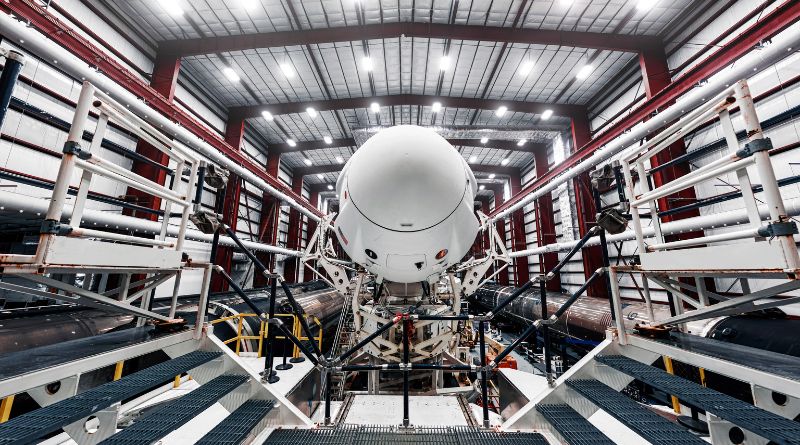In the digital age, the ability to transfer files over miles with ease and efficiency has become a cornerstone of modern communication and business operations. The evolution of file transfer technology illustrates a journey from simple file sharing methods to advanced systems capable of moving terabytes of data across continents in seconds. This article explores the transformation of file transfer systems, the impact of emerging technologies, and what the future holds for digital communications.
australian men’s cricket team vs india national cricket team match scorecard
The Evolution of File Transfer Technologies
The story of file transfer begins with the humble origins of computing. In the early days, transferring files required physical media, such as floppy disks or magnetic tapes, transported from one computer to another. This method was not only time-consuming but also limited in capacity and reliability. The advent of the internet revolutionized this process, introducing new protocols like File Transfer Protocol (FTP) in the 1970s. FTP allowed files to be moved over networks but came with its own set of security and efficiency challenges.
As the internet grew, so did the demand for more secure and robust file transfer methods. Technologies such as Secure FTP and later, HTTP-based services emerged, offering better security measures and taking advantage of the increasing internet bandwidth. These advancements laid the groundwork for the development of more sophisticated file transfer services.
Current Technologies and Their Impact
Today, file transfer technology encompasses a range of tools and services designed to meet the varying needs of users and businesses. From cloud services like Google Drive and Dropbox to specialized software for large file transfers such as Aspera, the options are vast and varied. Each technology offers unique features tailored to specific requirements, such as security levels, speed, and user interface.
One of the most significant impacts of advanced file transfer technologies is their role in facilitating remote work. With the rise of global pandemics and the increasing trend towards telecommuting, the ability to quickly and securely transfer files over miles has become crucial. Businesses can maintain continuity, and employees can collaborate effectively from any location worldwide. This flexibility has not only transformed workplace dynamics but also opened up new opportunities for global interactions without physical boundaries.
Security Challenges and Solutions
With great power comes great responsibility, and in the context of file transfers, this means ensuring data security. As file sizes and the speed of transfers have increased, so have the risks associated with data breaches and cyber-attacks. The challenge for modern technology is to provide fast and efficient file transfers while also safeguarding the data being moved.
To address these challenges, file transfer technologies have incorporated advanced encryption, multi-factor authentication, and end-to-end security protocols. Companies are also increasingly adopting blockchain technology for file transfers, providing an additional layer of security through decentralized and transparent transaction logs. These advancements have significantly reduced the vulnerability of digital data during transit.
wellhealthorganic.com/health-benefits-of-turmeric-tea
The Role of Artificial Intelligence
Artificial intelligence (AI) is set to revolutionize file transfer systems further. AI can optimize data transfer routes and protocols based on real-time internet traffic analysis, reducing latency and improving speed without human intervention. Additionally, AI-driven predictive analytics can anticipate potential system failures or security threats by analyzing transfer patterns and suggesting proactive measures.
Moreover, AI technologies are being integrated into data management systems to automate categorization, compression, and storage of files based on content, usage patterns, and accessibility needs. This not only enhances the efficiency of file transfers but also helps in managing the data lifecycle, ensuring that resources are optimally utilized.
wellhealthorganic.com simple ways to improve digestive system in hindi
Future Trends and Innovations
The future of file transfer technologies promises even greater advancements with the integration of emerging technologies such as quantum computing and 5G. Quantum computing could potentially redefine data encryption and security paradigms, making current encryption methods obsolete and paving the way for ultra-secure quantum networks. On the other hand, 5G technology, with its higher speeds and lower latency, will enhance the mobile file transfer capabilities making high-volume data transfers seamless and more efficient.
Another exciting development is the potential use of space-based internet services, like those being developed by companies such as SpaceX. These services aim to provide high-speed internet across the globe, including in remote areas where traditional internet infrastructure is lacking. This would enable consistent and reliable file transfer capabilities worldwide, truly making the ability to transfer files over miles a universal reality.
wellhealthorganic.com:to-increase-immunity-include-winter-foods-in-your-diet-health-tips-in-hindi
Conclusion
The technology behind transferring files over miles has come a long way and is still evolving. From the floppy disks of yesteryears to the cloud and AI-driven systems of today, each step forward has made it easier, faster, and safer to move data across long distances. As we look to the future, the continued integration of cutting-edge technologies will undoubtedly unlock new possibilities in digital communication, transforming how we work, collaborate, and connect across the globe. The journey of file transfer technology is a perfect mirror to the progress of human connectivity, each milestone marking an era of new possibilities and challenges.
Read also: check


















